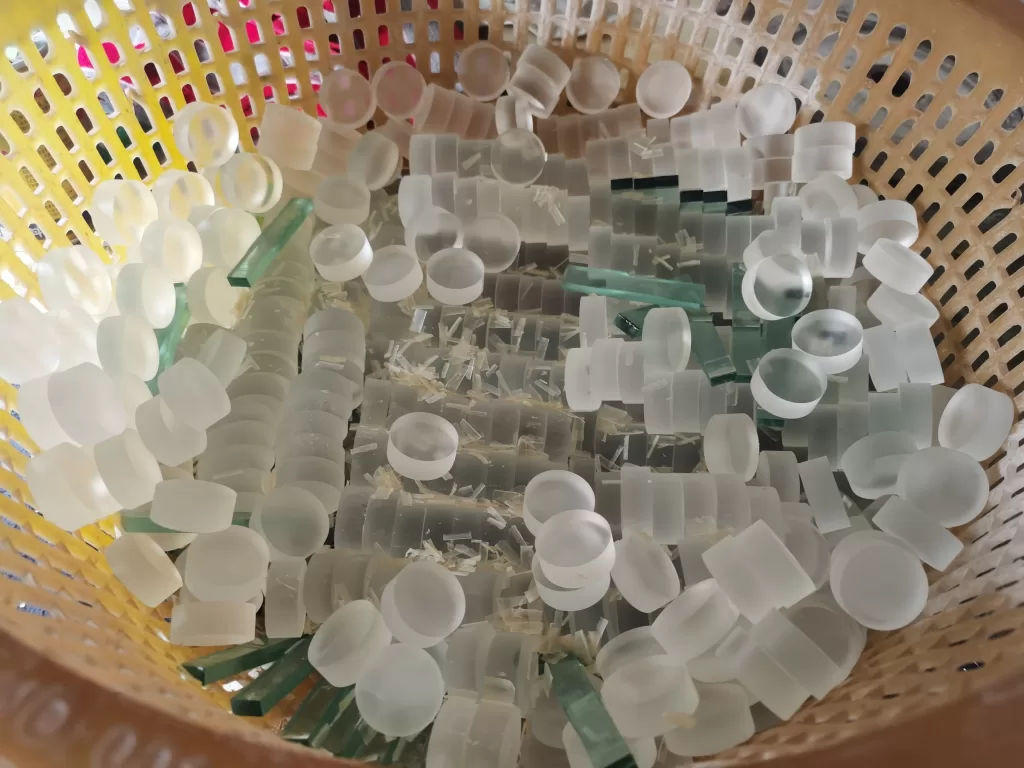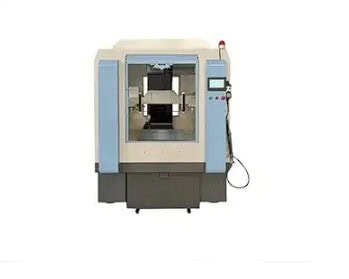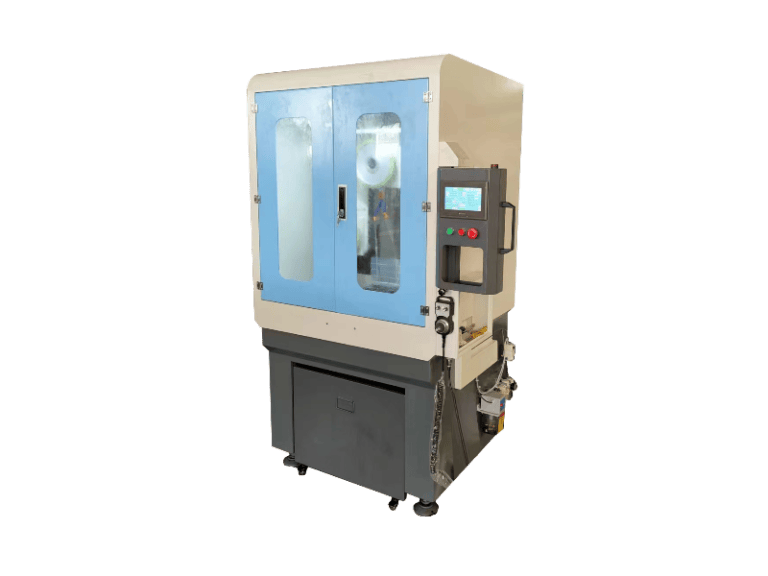Table of Contents
Introduction-Photonic Material
Photonic materials, often referred to as optical materials, are essential components in various industries, including electronics, telecommunications, healthcare, and renewable energy. These materials possess unique optical properties that enable them to manipulate and control light, making them indispensable in the development of advanced technologies. The precise cutting of photonic materials is crucial for manufacturing components used in these industries. In this article, we will explore the different types of cutting equipment used for photonic materials.

Laser Cutting Machines
Laser cutting machines are widely used in the cutting of photonic materials due to their high precision and versatility. They employ a focused laser beam to vaporize or melt the material, creating precise cuts with minimal heat-affected zones. Laser cutting is suitable for a wide range of optoelectronic materials, including semiconductors, optical fibers, and photovoltaic cells.
There are various types of laser cutting machines, including:
- CO2 Laser Cutters: These machines use a carbon dioxide laser to cut through photonic materials. They are commonly used for non-metallic materials.
- Fiber Laser Cutters: Fiber lasers are ideal for cutting thin and reflective materials. They offer high cutting speeds and exceptional precision.
- UV Laser Cutters: Ultraviolet (UV) lasers are used for cutting materials that are sensitive to heat. They produce minimal heat-affected zones, making them suitable for delicate optoelectronic materials.
- Femtosecond Laser Cutters: These ultra-short pulse lasers enable precision cutting at the nanoscale level. They are used for microfabrication of photonic devices.
Waterjet Cutting Machines
Waterjet cutting machines use a high-pressure stream of water mixed with abrasive particles to cut through optoelectronic materials. These machines are highly versatile and can cut materials like glass, ceramics, and composites without causing thermal damage. Waterjet cutting is particularly useful for materials that are heat-sensitive or prone to cracking.
Diamond Saw Cutting Machines
Diamond saw cutting machines employ a diamond-coated blade to cut through optoelectronic materials. They are widely used for cutting hard materials such as sapphire, silicon, and germanium. Diamond saw cutting provides precise cuts and minimal material wastage.

Plasma Cutting Machines
Plasma cutting machines utilize a high-temperature plasma arc to cut through optoelectronic materials. While primarily used for metals, advanced plasma cutting systems can also be adapted for cutting ceramic and composite photonic materials. Plasma cutting offers high cutting speeds and can handle thick materials effectively.
Ultrasonic Cutting Machines
Ultrasonic cutting machines use high-frequency vibrations to cut through optoelectronic materials. They are suitable for materials like optical fibers, plastics, and thin glass. Ultrasonic cutting provides clean, precise cuts with minimal material distortion.
Precision Milling Machines
Precision milling machines are equipped with fine-grit diamond tools or abrasive wheels to remove material gradually, creating precise cuts. These machines are used for materials that require intricate cuts and high levels of accuracy. Precision milling is commonly employed in the fabrication of photonic integrated circuits.
Conclusion
The cutting of optoelectronic materials is a critical step in the manufacturing of various photonic devices and components used across industries. The choice of cutting equipment depends on the specific material properties and the desired precision of the cuts. Laser cutting machines, waterjet cutting machines, diamond saw cutting machines, plasma cutting machines, ultrasonic cutting machines, and precision milling machines each offer unique advantages for cutting photonic materials. Selecting the appropriate cutting method is essential to ensure the quality and functionality of the final photonic products. As technology continues to advance, we can expect even more sophisticated cutting equipment to emerge, further enhancing the precision and efficiency of photonic material processing.
In addition to the cutting equipment mentioned above, advancements in photonic material cutting technology continue to evolve. Emerging technologies such as abrasive-free waterjet cutting and hybrid laser-waterjet systems are being developed to provide even greater precision and efficiency in working with photonic materials. These innovations are driven by the growing demand for smaller, more intricate photonic components and the need to minimize waste and thermal effects during the cutting process.
As photonic materials continue to play a pivotal role in various high-tech industries, the development of cutting equipment will remain a critical aspect of their production, ensuring that the potential of these materials is fully realized in the devices and technologies of the future.




